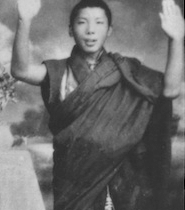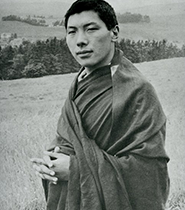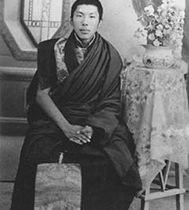This post is about sobriety.
You probably thought that everything on my site was going to be about sobriety once I came clean about being an alcoholic. And, oh. I see you over there. You think I A.A.’ed up, didn’t you? I wonder why that seems to be a problem for some of you.
I’ll let you think whatever you want to think, but today I am writing about someone incredibly important to me. And I have wanted to say something about him for a long time. This someone, well… because of him I figured it all out. All of it. Does it sound like I’m overstating what I know? Sure, whatever, doesn’t matter. I have felt an ongoing urge to write this post for anyone out there struggling with addiction. This man is significant to me because he helped me understand what addiction and sobriety are all about.
The metaphor of his life has been the only thing that has helped me. Meaning, his life’s work is the singular thing has fortified me through the whole earth-upending experience of it all. He helped me understand sobriety in order to survive it and to continue to live as fully and as unconstrained by addiction as I can.
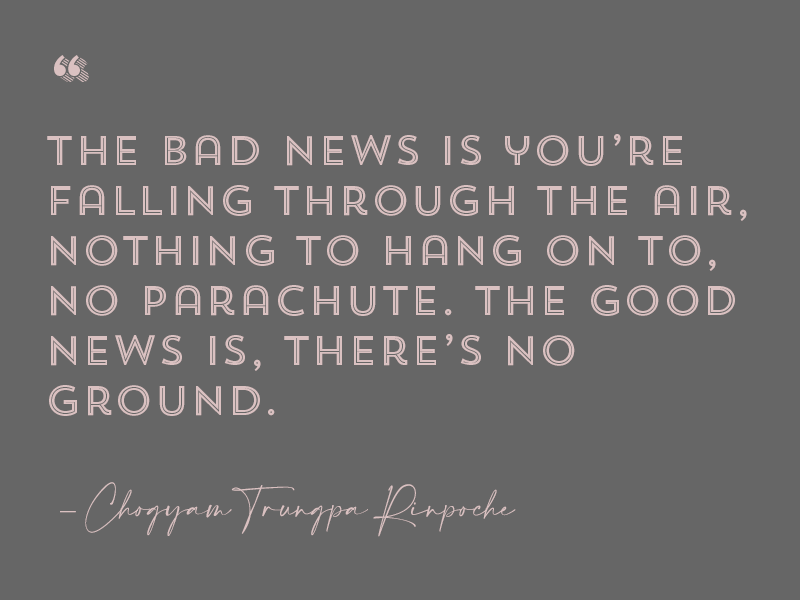
Back in January of this year I discovered meditation. Some of you may be familiar with meditation, and like many of you I thought I understood what it was all about. And boy, did I laugh at the idea that I was going to be able to “think” my way out of the shit show of sobriety.
Shit show. Yep, it’s as plain and simple as that. How else can I describe what it feels like to rip the bandage off of an open wound when the open wound is my entire body?
Imagine a clam without its shell. Permanently.
Turns out that most meditation apps and techniques are really luring you into daydreaming. And that is fine if it works for you. Calming your thoughts down is a really helpful tool to use for anything stressful in life. There are so many tools out there you can use to cope with sobriety. Seek them out and find them.
And
To really let go. Of everything.
None of us will ever understand what these people had to sacrifice in order to live a good life on a day-to-day basis. They mastered the art of letting go. They lived with the barest of amenities. To use a modern metaphor, they lived with nothing but the shirts on their backs.
This post is dedicated to the man who was chosen and then compelled to lead this ancient culture out of their homeland. His entire life is the perfect metaphor for trauma and pain and addiction and ultimately letting go of it all in order to make sense of it.
His named was Chögyam Trungpa Rinpoche.
That name is a mouthful, for sure, but Chögyam translates to “ocean of dharma” and dharma ultimately translates to “righteousness”. Trungpa means “attendant”. Both of these names continue to hold significance in my life as someone who grew up in a rigorously religious Mormon family and as someone who employed a team of people to help run a business.
Rinpoche had no childhood. He was ripped from his family before he was five-years-old and thrown into years of a strict training regimen by teachers who knew that their days as an ancient culture in Tibet were numbered. They believed he would be the leader who would have the tools and the talent to carry on this priceless tradition in order for this centuries-old heritage to survive.
We are talking Navy Seal-level training. From the age of five years old. How would you compare your own childhood? Because he had none.
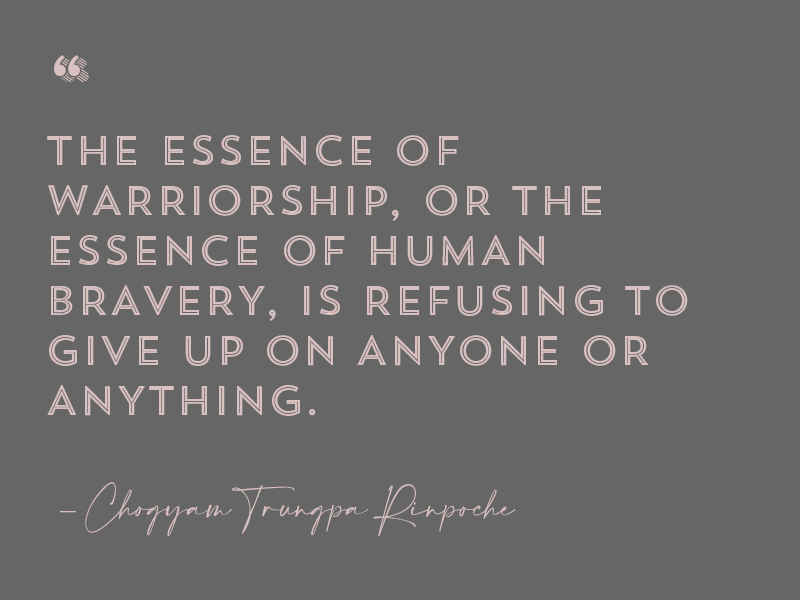
He was plucked out of his home and trained as if he were already an adult. When he shared memories with those whom he eventually taught he tearfully reminisced about the years he spent watching other kids playing like normal children and how much he had longed to be just like one of them. The man was never allowed to be a kid.
In April of 1959, twenty-year-old Rinpoche set out on an epic nine-month escape from his homeland. He was literally the age of a Mormon missionary when he led over 300 people to escape the Chinese People’s Liberation Army (PLA).
For those of you who are unfamiliar with the PLA, it is the principal military force of the People’s Republic of China and the armed wing of the Chinese Communist Party. And they didn’t fuck around.
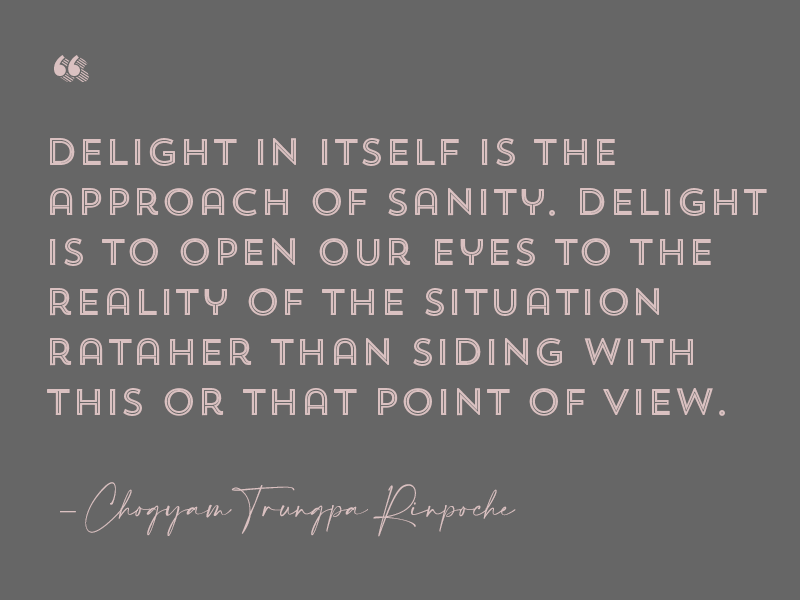
Rinpoche started this pilgrimage with a tiny party of Buddhist monastics, but as they traveled people asked to join until the group eventually numbered 300 refugees, from the elderly to mothers with babies – stricken people who slowed and complicated the journey. They were all forced to abandon their animals, and over half of the journey was on foot as everyone trekked through mountain wilderness to avoid the PLA, a military armed and ready to kill anything in sight.
After three months of an agonizing trek through terrain foreign to all of them, they reached the Brahmaputra River in Tibet — this river flows down through India and Bangladesh, a country I visited in 2011.
Rinpoche, the monastics, and about 70 refugees — keep in mind that they set out with over 300 in their group — they managed to cross the river under heavy gunfire by the PLA while eating their leather belts and bags to survive.
And it doesn’t stop there. It doesn’t stop there.
It was after that terrorizing onslaught that he and the remaining survivors climbed 19,000 feet over the Himalayas before reaching the safety of Pema Ko, Tibet. It wasn’t until January 24, 1960 that the survivors were flown to a refugee camp in India.
Please understand. These are the Himalayas. This is Mount Everest territory.
Rinpoche lead all of these people in the dead of winter with no gear and no map. Most of them didn’t even have shoes. In modern terms, he had no budget. He had no fundraising, no Go Fund Me. He had no country to back him up. He didn’t even have a compass. This was not an expedition to prove anything, and it was not a journey toward an award or trophy. It was survival, plain and simple. And his survival meant that Tibetan Buddhism could thrive in a world that so desperately needed it.
Furthermore, he and the survivors were fed a steady diet of food in India that they had never before encountered and suffered months of health problems because of it. This foreign diet almost killed him. He had made it to safety only to be welcomed with food his body could not digest.
Trungpa Rinpoche was a scholar, a teacher, a poet, an artist, and even a translator. He was the singular figure in the dissemination of Buddhism in the West. His arrival in this part of the world coincided with the political upheaval of the 60s in America when everyone was trying to figure out love and war, when people were trying to figure out their place in the world. That he became a figurehead of Buddhist teaching during this chaos is no coincidence.
For, as everyone knew, the teachings were not in the end to be found in books, belief or ritual, but in the minds and hearts of realized individuals, in the teacher. Rinpoche was now seen not so much as a repository or carrier of the teachings, but as their very embodiment, the teachings themselves.
— From Lion’s Jaws, by Grant Maclean
Rinpoche arrived when humanity needed to be shown what it really means to love, what it really means to let go of the grudges we hold, the regret, the guilt. What it means to release ourselves from the shame of it all. His entire life is an allegory. The man showed everyone around him that life is all about making the most out of the cards you’ve been dealt. It’s about finding hope, it’s about finding something to live for every day and seeking out that light whenever and wherever you can. It’s about loving the people in our lives. It’s about connection.
This survivor was accused of some terrible things, and as it goes with humans and fame and celebrity, everyone loves to misinterpret someone with power. Everyone brings their own medicine to a story. And Rinpoche turned to alcohol to medicate his pain, plain and simple. He found respite in the ultimate drug for pain.
Rinpoche witnessed death on a scale none of us can imagine. He was terrorized by the death of the people he had to lead out of their homeland as they themselves were being chased and terrorized. And he had to learn how to speak the language of the western world. Can you even imagine what that was like for him having come from that kind of heritage? He saw death everywhere, and the tyranny of being a witness to it on that scale crushed his body.
As for his reputation and his enduring legacy, well. Let’s set some things straight:
His handlers got drunk on his power. Ask me how I know this.
And he got blamed for all of it. He was excoriated for his alcoholism and derided because he died from his addiction at the age of 48.
The man had PTSD. A man who had no childhood led the most courageous and most perilous journey in the history of the world. Period. Full stop. There can be no argument here. And he was only 20 years old when he accomplished it. This journey — and you know how much I hate that word — this epic flight out of a gaping lion’s den makes Shackleton’s Expedition look luxurious and pathetic in comparison.
As much as sobriety is an ongoing theme here, you’ll find that music has played a far more salient role in what I have learned about myself as a navigate a world in which I am not medicating my pain. Today’s post is no different in that respect.
Today I am featuring three songs for Chögyam Trungpa Rinpoche and for the addicts among us.
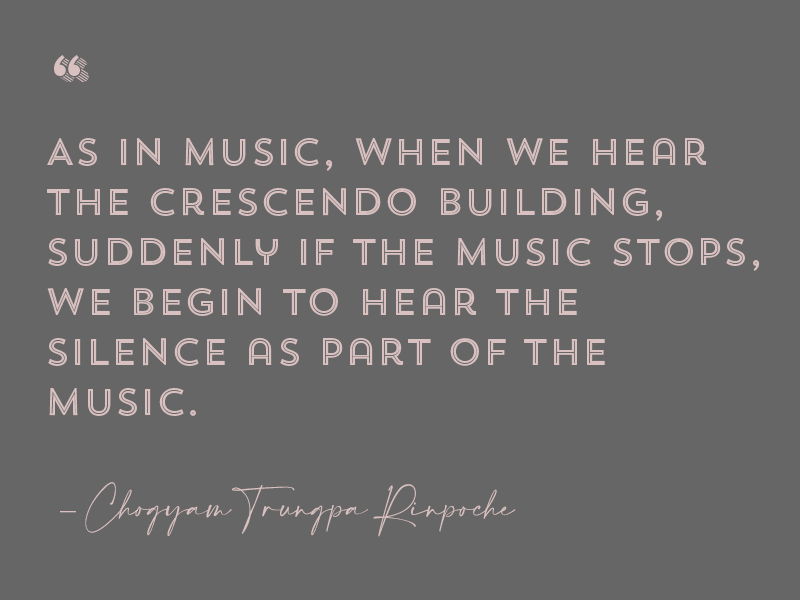
I am going to start with a song that held me tight every single time I thought I would unravel.
Mathew Robert Cooper — also known as Eluvium — he did not know that he was writing an In Memoriam song for one of the greatest men who ever lived, but if he ever reads this, well. Now he knows.
This song is pure Chögyum Trungpa Rinpoche.
It is important to me that the following song be honored first as is without the accompanying video because Rinpoche never got the accolades he truly deserved — the accompanying video is important to watch afterward. No one ever granted Rinpoche the legacy that he earned. No other conquering people or tribe, no other general or commander in any world war comes close to what this man survived and accomplished. No one else on earth comes close to the love he maintained from childhood until his death. My greatest regret in life is that I never got to meet him.
This man, he is my hero.
Eluvium – “Regenerative Being”
First thing to note here: I was driving to pick up Indian food the other night and a man crossing the street in front of me as I was taking a right turn looked exactly like the figure on the cover of this album. And I was listening to this song at that exact moment.
La deuxième chose: When I was nine months sober I had a dream that I was working as a nurse with Syrian refugees at a hospital in Beirut. I was running from room to room with a clipboard in hand trying to take care of as many of the injured as possible when bombs began obliterating the city. The walls in that building started caving in and I dropped everything in my hands to grip the walls behind me, images of my entire life flashing through my head, most of them of the relationships gone horribly wrong during my time as an alcoholic and how I had played a role in all of it. I could clearly see the dynamic in everything.
Somehow I made it down 12 flights of stairs and a blast sent me flying to the ground where I collapsed in a plume of dust and smoke. I was certain I would die there curled up in a ball when a figure that looks exactly like the one on that album cover appeared, at first as a stranger. But then as her face came through the cloud of soot I recognized that it was me. There I was as a 17-year-old girl leaning down to help the 46-year-old I had become. And she was so happy to see me.
I woke up after having this dream and got a wild hair about making a short film about sobriety, perhaps a music video of sorts to help other people who are trying to overcome their addiction and stay clean, trying to make sense of it all.
That burning building. The walls caving in. Not knowing where to run, not knowing which end is up. Finding yourself hopeless and alone and needing someone to care.
And I realized that if I were going to make this video I would want that girl at the end to be Leta. Because I got sober and I found my beautiful 17-year-old first born standing there so happy to see me. Her. She forgave me long ago for all that I thought I had gotten wrong.
This song is for her, too. Because Leta is the strongest kid in the world. She is. She has a heart like no other, just ask anyone who knows her.
Eluvium – “Regenerative Being” (Official Video)
Local Natives – “Airplanes”
Faites attention: I saw this band live in Ogden, UT last month and they played this song. I was the only one standing up and singing along to every word. This song was the soundtrack to my life in 2012.
Many of you may have read Pema Chodron’s book When Things Fall apart. If you are seeking answers and solace during sobriety or are thinking you might need help with addiction in any way, put this book in your box of tools. This book is not about addiction but I didn’t find any books out there about addiction that helped me as much as this one did. Pema was a student of Rinpoche. In fact, she was the valedictorian of those he taught. And she loved him as much as he loved her. She writes often of how he exuded love as naturally as the sun gives out heat, and she was loyal to him despite the horrible way he was treated because of his addiction.
Because he was trying to medicate pain that none of us can fathom.
Figuring it all out? Well, when I stopped drinking I didn’t understand the knocks and blows of pain that came caterwauling at my body, and my body absorbed the shock of it all. I had to learn how to live life without numbing it all, without clinging onto a bottle.
I had to learn how to breathe again.
This final song is for all of us who have suffered from any addiction, be it alcohol or heroin or tobacco, be it holding onto something we just cannot make sense of.
U2 – “Running to Stand Still”

